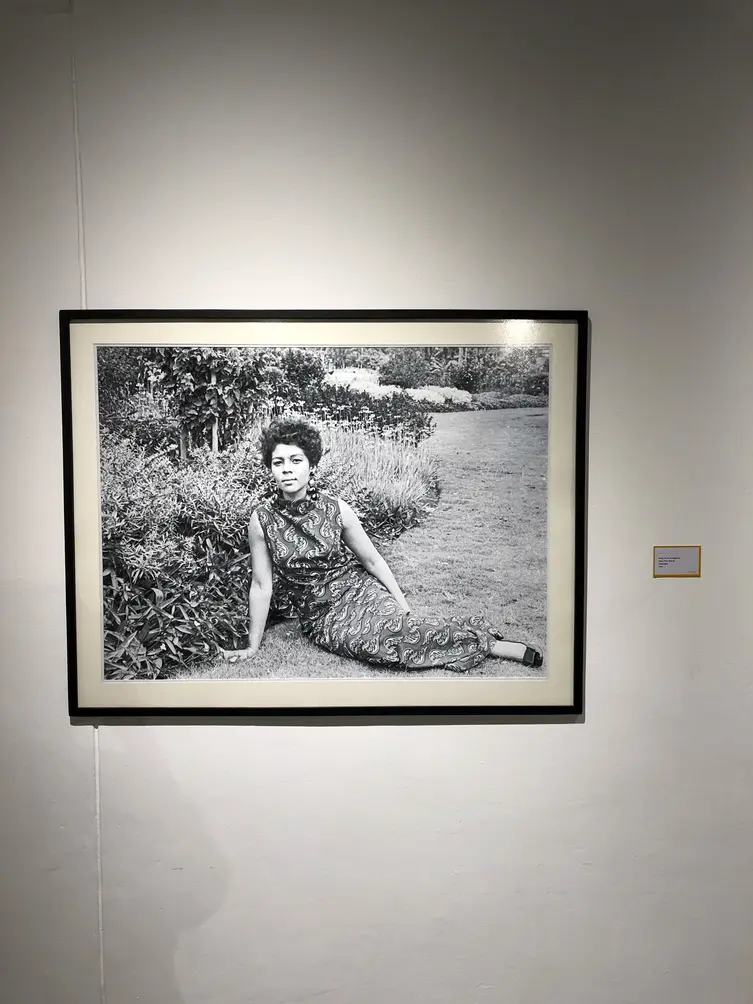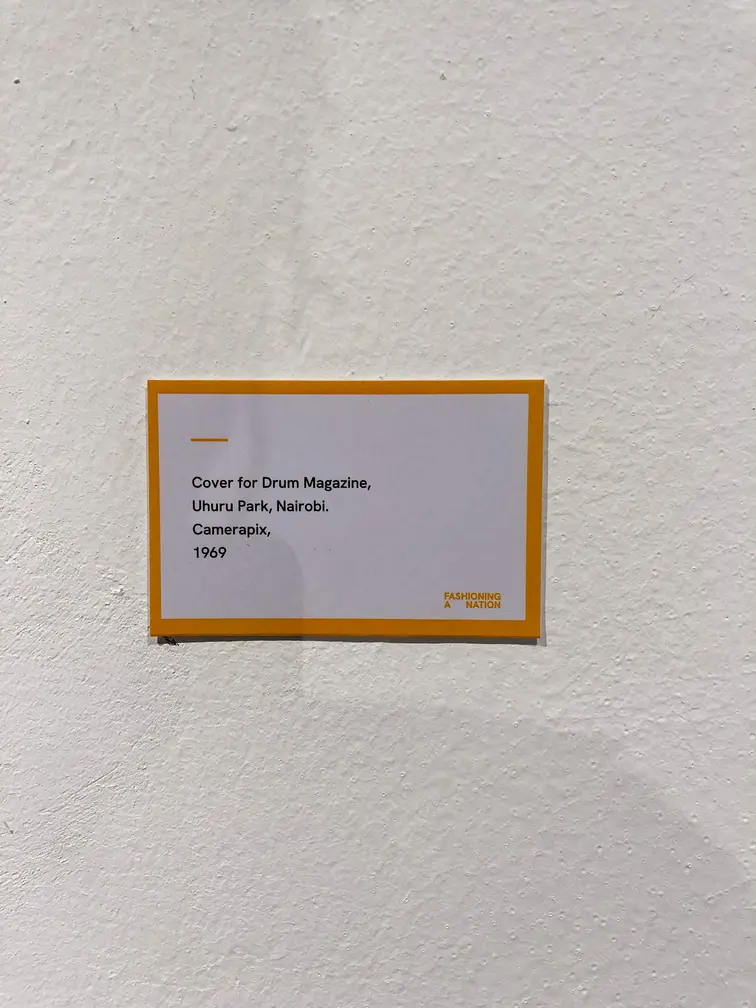It’s Nairobi in the 1960s. You’ve just walked into Rivatex, one of the go-to fabric stores at the time. Shelves are stacked with kikoy, kitenge, and cotton fabrics. Your next stop — the fundi’s (tailor’s) workshop to design something uniquely yours.
Tailors: The Heart of Fashion in Kenya
Back then, fashion was personal. Tailors were at the heart of it all, transforming fabric into made-to-measure suits, flared trousers, and elegant dresses. Families invested in quality clothing, "Sunday-best" as we liked to call them. Trends were influenced by Western magazines like Vogue, Drum and Elle as well as international and local influences from music, pop culture, and social status. These influences brought in fresh styles and trends, inspiring Kenyans to experiment with bolder cuts, patterns, and silhouettes.
Unlike today’s fast fashion, outfits weren’t mass-produced. Owning a perfectly tailored A-line dress or high-waisted trousers was a way of life. Tailors knew their clients by name and style, creating pieces that reflected individual personalities.
The Decline of Local Textile Mills
However, by the late 1970s and 1980s, this began to change. Economic shifts and the opening of international markets caused a decline in local textile industries. Key textile factories such as Rivatex and Kenya Textiles Mills (KTM) struggled to compete with cheap, imported fabrics and garments, ultimately leading to their closure or downsizing. As a result, Kenyans turned to secondhand clothes (mitumba) as a more affordable alternative.
The Rise of Mitumba: Changing Fashion in Kenya
By the early 1990s, mitumba was no longer just a small niche market but a booming industry. Garments from the West flooded local markets like Gikomba and Toi, offering fast, cheap, and trendy options that challenged the once-thriving tailoring culture.
A Sustainable Fashion Future: Rekindling Our Own
As we revisit this history, I can’t help but wonder: Can we rekindle the tailoring culture? Could we upskill mitumba traders and fundis, merging their expertise into sustainable fashion practices? Imagine a future where mitumba deadstock gets upcycled by a network of skilled tailors, creating unique, Kenyan-made designs for both local and global markets.
We don’t need to look too far back to see the potential for a sustainable fashion future. The 1960s and 70s showed us that Kenyan fashion can be innovative, stylish, and sustainable. The real question now is: Are we ready to take inspiration from the past to build a circular fashion future?
References:
- Mohamed, A. (2024). In Vogue: 1970s Kenyan Fashion. Google Arts & Culture. Retrieved from In Vogue: 1970s Kenyan Fashion
- Changing Markets Foundation. (2023). Used Clothing Trade Debate Continues in Kenya. Retrieved from Changing Markets Foundation
- Mitumba Consortium Association of Kenya. (2023). The State of Second-Hand Clothes and Footwear Trade in Kenya. Retrieved from Mitumba Consortium Association of Kenya


